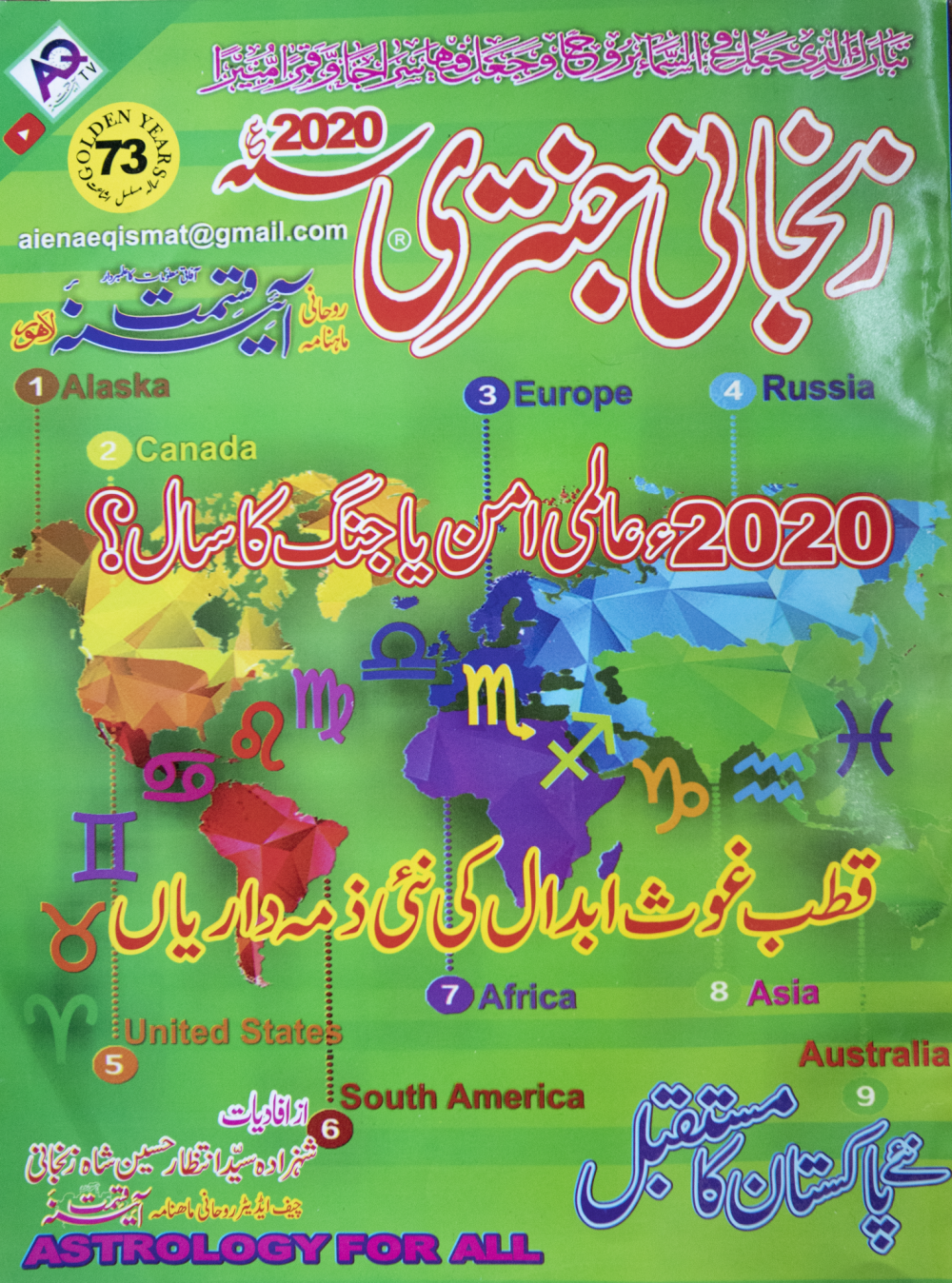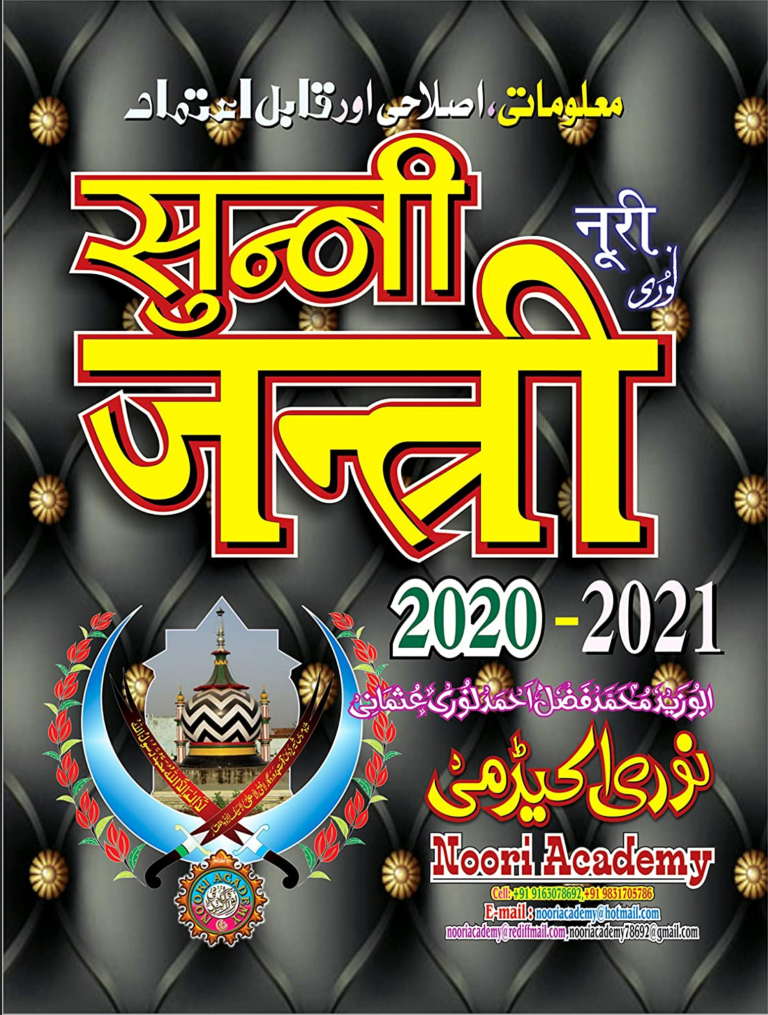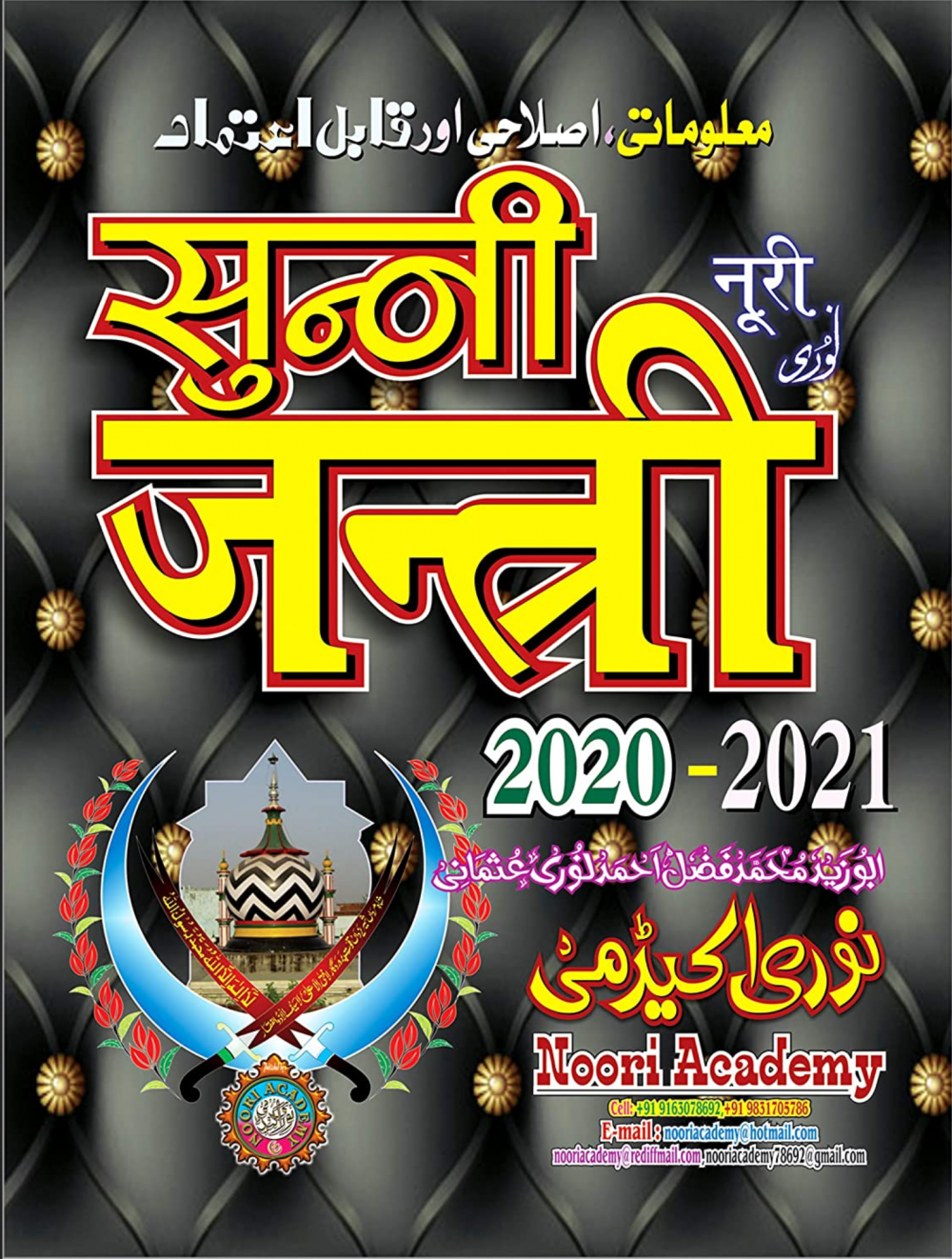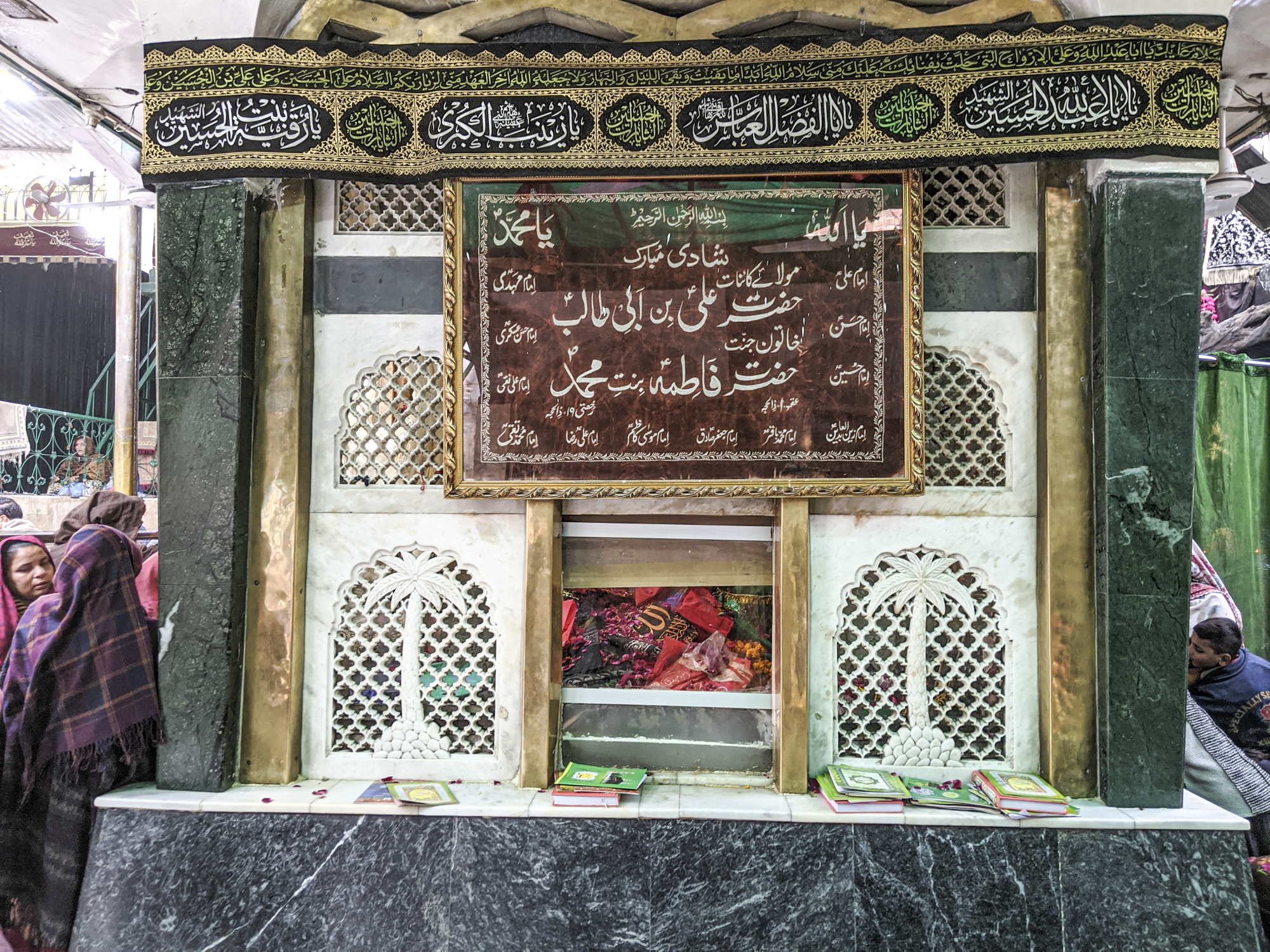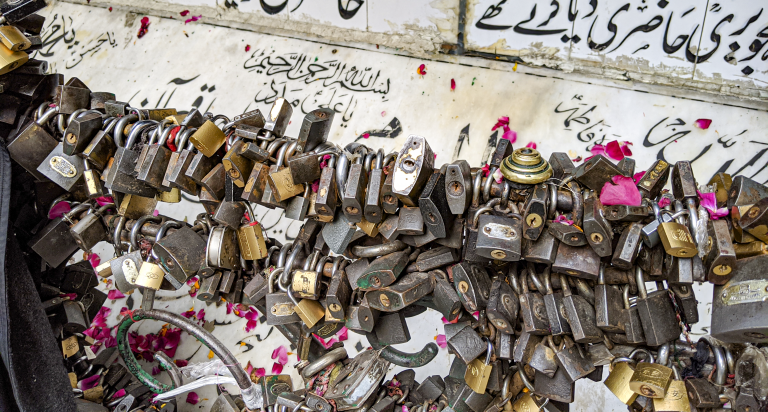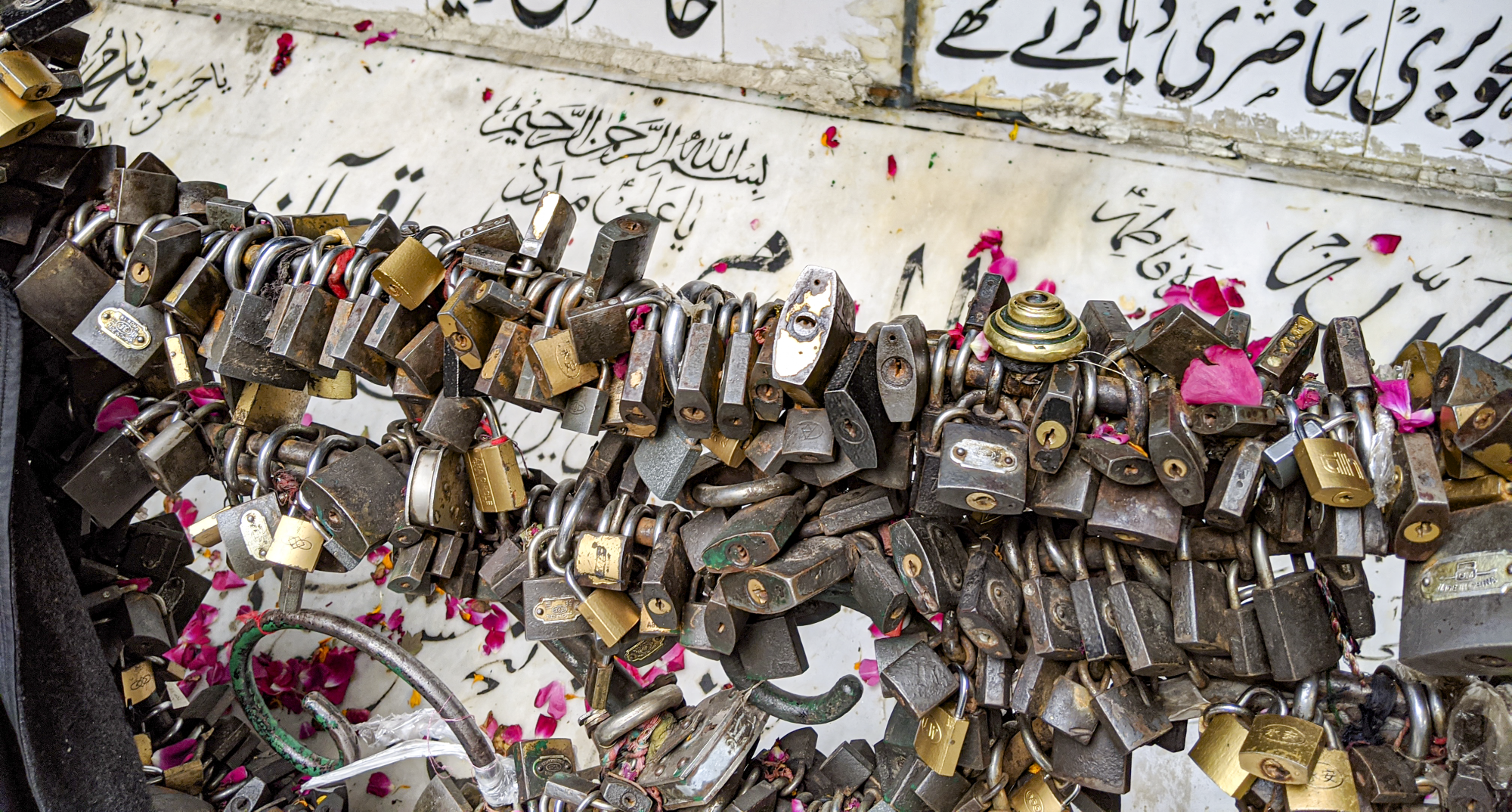In the jantri, time is an object of immediate consumption. Brimming with Islamic references, the work presumes the reader to be Muslim. However, the knowledge it claims to share derives from all manner of sources, from ancient Indian traditions, to modern Western astrology and New Age practices.
The term jantri refers to a kind of popular annual almanac in South Asia concerned with the future. Jantris are elaborate productions, differentiated by languages and the focus on varying regions, countries, and religious affiliations. Lithographed jantris were among the earliest South Asian printed books to proliferate in cheap formats in the second half of the nineteenth century. Now, one can find them in bookshops all over, especially near places of religious pilgrimage in shops that carry mementos. Increasingly, the best known ones are available in PDF format on the web and as apps for smartphones. The market for jantris is competitive: numerous versions become available at the beginning of the year, claiming authenticity and veracity based on the authority of long-established families.
In this section I assess the contents of the Zanjani Jantri for 2020 that I purchased outside a shrine in Lahore, Pakistan, in January 2020. A major brand in the field, this is an exceedingly complex work containing text, tables, and images in small print spread over nearly two hundred pages of cheap newsprint paper. This jantri is a form of textual ephemera, a seemingly inconsequential and disposable object. Its contents have long genealogies, traceable to hundreds of years’ worth of textual and representational forms, with origins all over the world. Jantris are consumed avidly on a mass market scale in South Asia but have received little academic attention.
In Pakistan’s religious and cultural environment, the jantri symptomizes a complex intermingling of various orders of time. The Zanjani Jantri claims authority based on having been published continuously for more than seventy years. Its assertions are connected to genealogical transmission of knowledge in a family going back centuries. To its readers, it offers predictions and techniques to know and change the future.
In the jantri, time is an object of immediate consumption, packaged authoritatively with the purpose of inviting the reader to partake of additional services available from the publishing enterprise. Brimming with Islamic references, the work presumes the reader to be Muslim. But the knowledge it shares derives from all manner of sources, from ancient Indian traditions to modern Western astrology and New Age practices.
The jantri’s predictions and analyses of personal horoscopes are not confined to Muslims. For example, the Zanjani Jantrihas an analysis of Vladimir Putin’s astrological chart (27–28). The work’s overarching epistemological commitment is to pragmatism and usability. The last page has a coupon that, when filled in and sent, garners the sender a free personalized horoscope. This mass market product in a self-consciously Muslim society shows Islam as an unbounded, permissive phenomenon.

